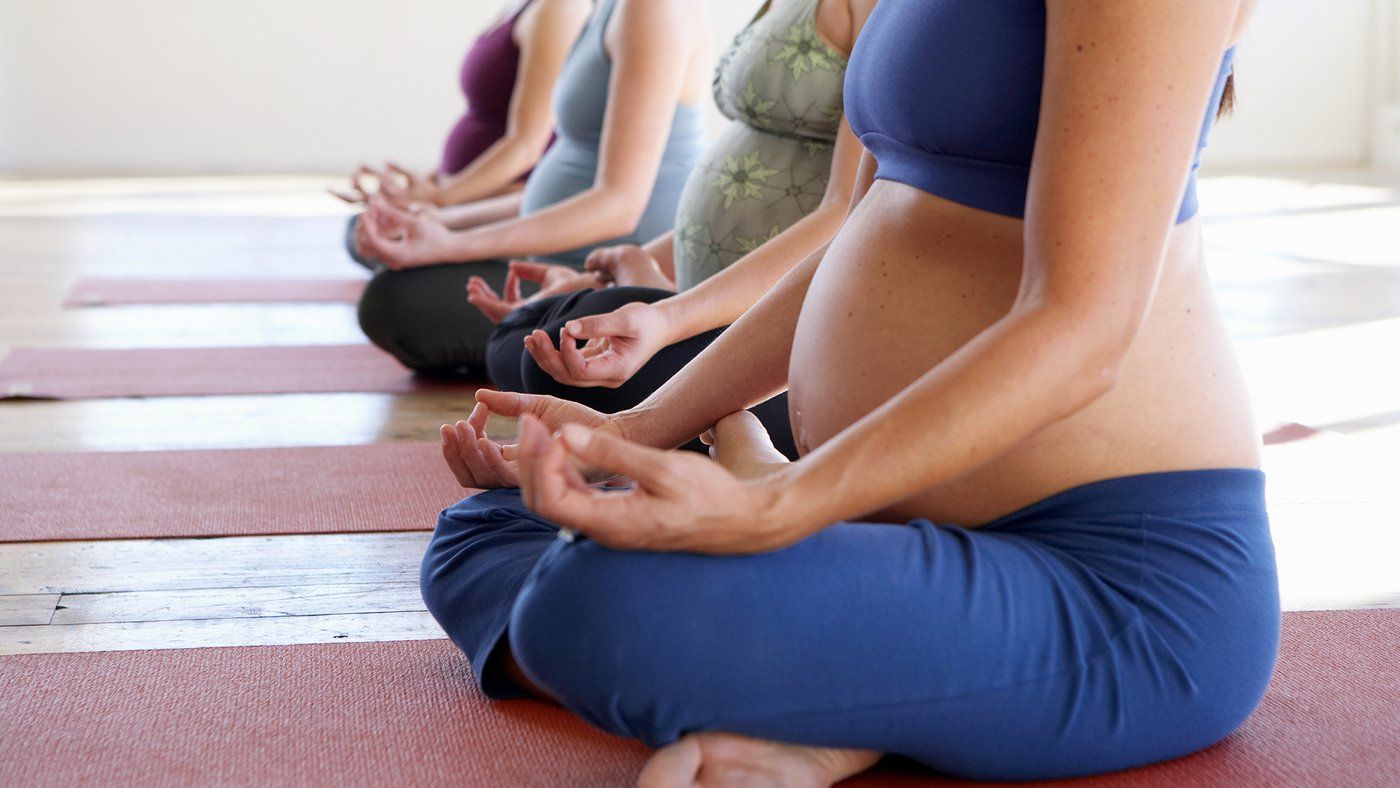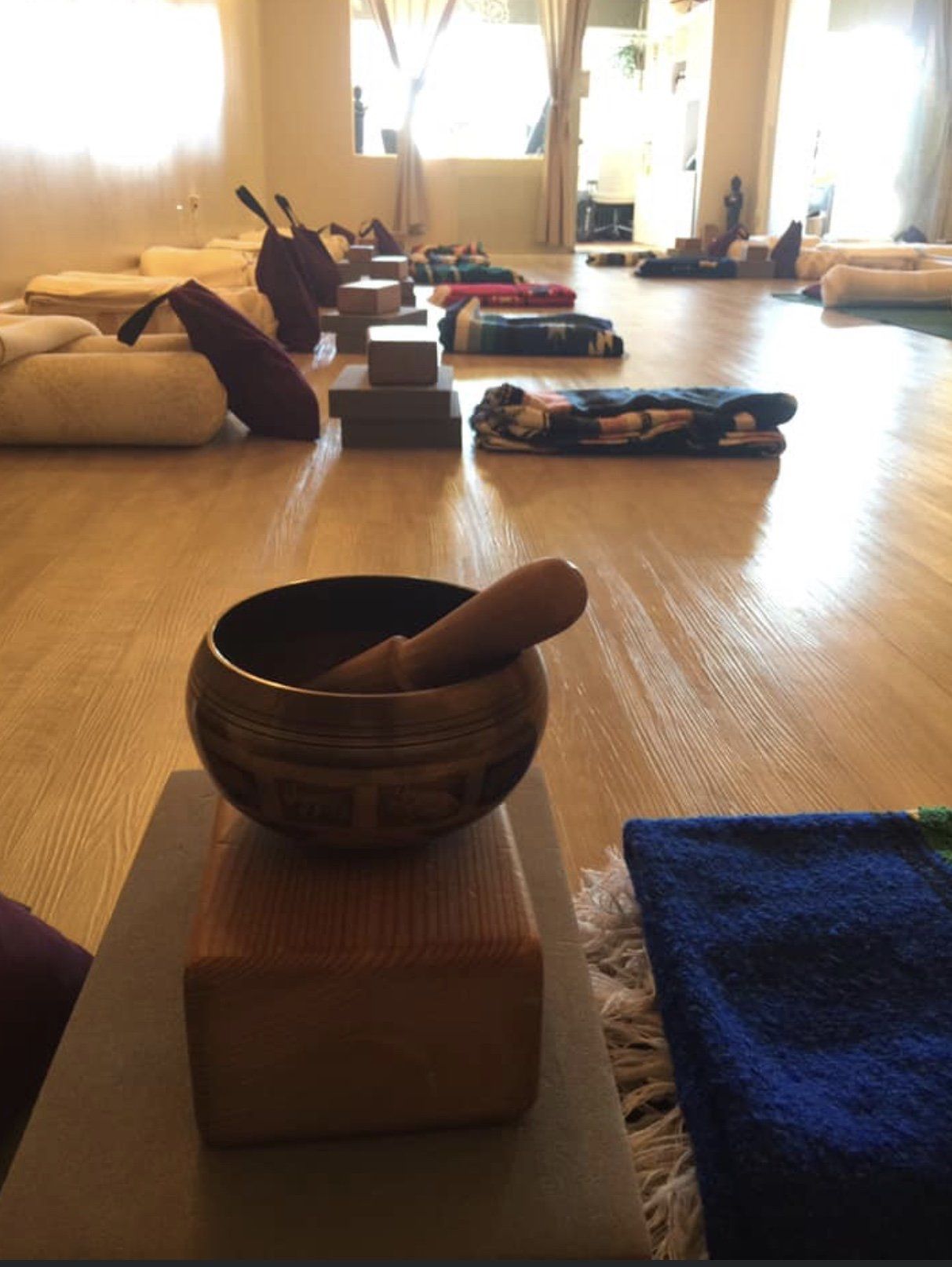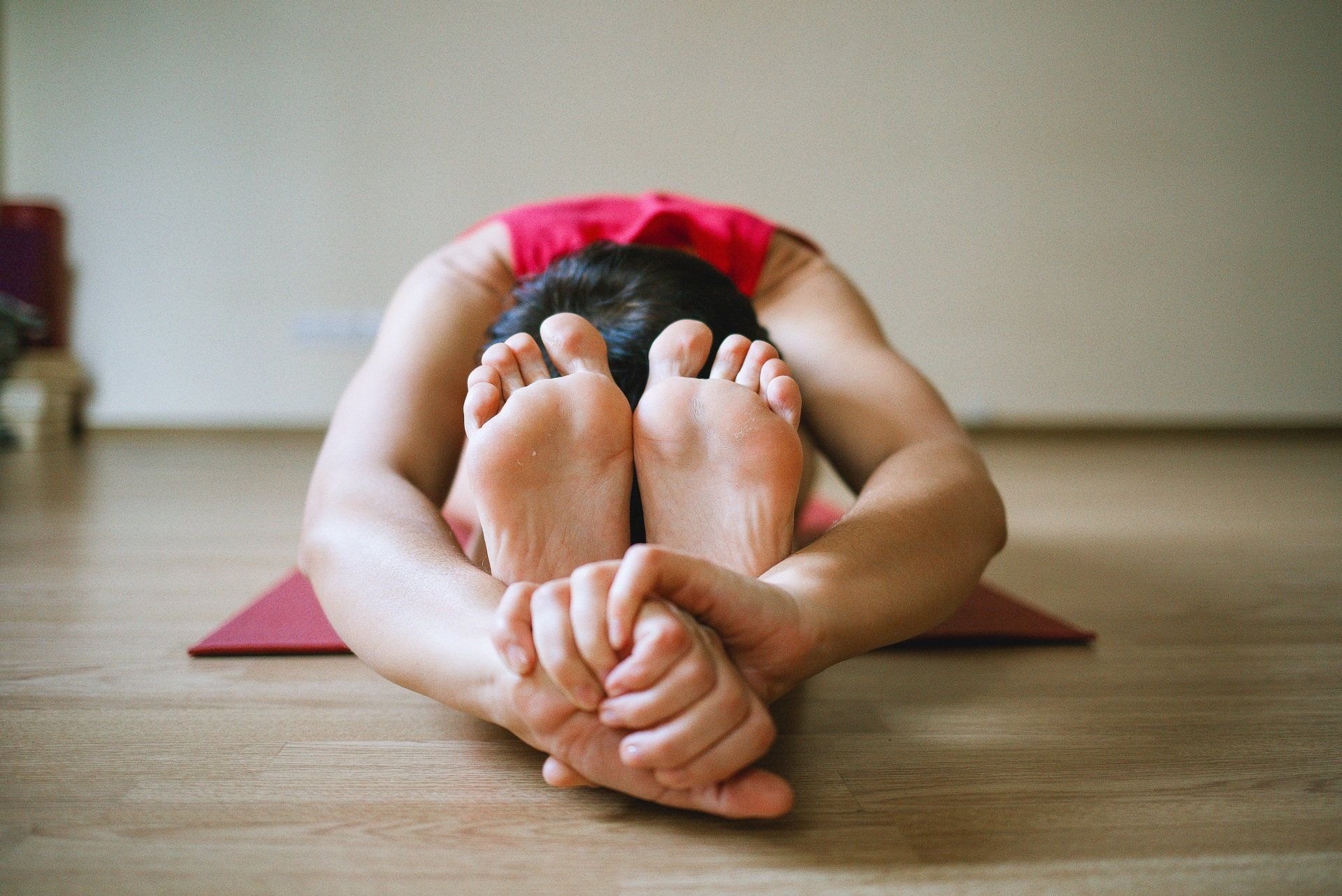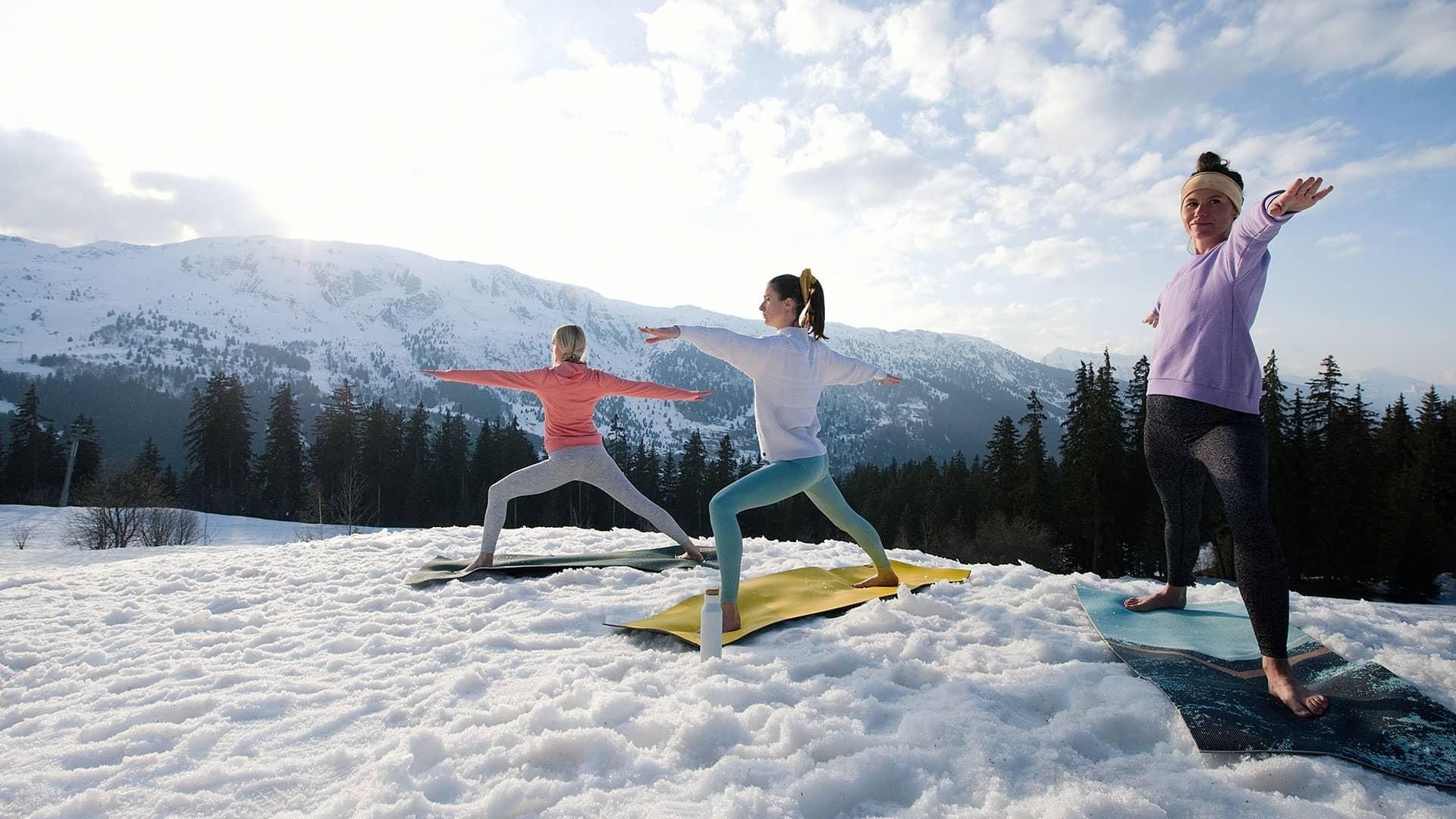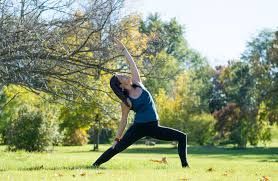The 2 Very Powerful Antidotes for Anxiety and Depression Yoga Offers Us!
- By Yoga Studio Calgary
- •
- 07 May, 2018
- •
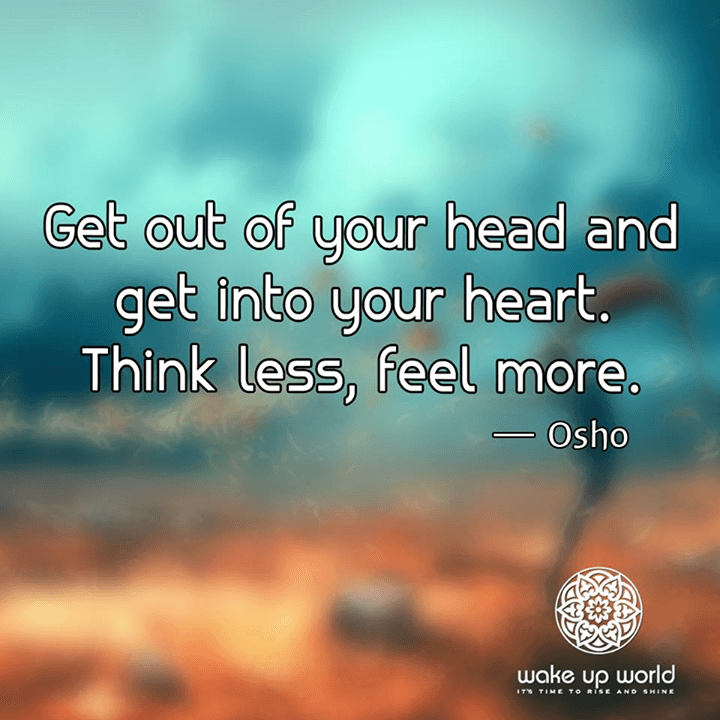
Yoga is a powerful antidote for the symptoms associated with
anxiety and depression. With a regular practice of asana
(poses) and pranayama (breathing) many of these symptoms
can be alleviated and our lives can be brought back to a
restorative place. Anxiety and Depression often leaves us
unsettled, full of worry, fear and apprehension. The effects of
these emotions have an impact on every part of our day.
So how does yoga help? In a nutshell, it heals our nervous system. The nervous system for those suffering from the effects of anxiety and depression is maxed out, fried up and struggling to find balance. These 2 forms of yoga have been proven time and again to have immense restorative benefits.
So how does yoga help? In a nutshell, it heals our nervous system. The nervous system for those suffering from the effects of anxiety and depression is maxed out, fried up and struggling to find balance. These 2 forms of yoga have been proven time and again to have immense restorative benefits.
1) Pranayama (Breathing)……
The most
powerful antidote possible to anxiety and depression is one
we all carry with us each second of every day; our own breath.
The breath is a magic elixir for stimulating the
parasympathetic nervous system which is the answer to
restorative pacifying calm. Here is a quick science
explanation of how the breath offers us those feelings. As
those unsettling symptoms begin to arise in us our breathing
becomes short and rapid. This leads to oxygen building up in
our bloodstream while lowered amounts of carbon dioxide
are present. This very much upsets the ph levels in our blood
resulting in respiratory alkalosis. Respiratory alkalosis creates
irritability, muscle twitching, nausea, confusion and
lightheadedness……how can anyone focus on the rest of life
happening around them when their bodies are in turmoil?
Simply put, they can’t and this then leads to chronic issues
and depression. Pranayama or yogic breathing is a tradition
that dates back 5000 years and has proven to be immensely
effective at regulating and healing the nervous system…..By
slowing and regularizing our breathing we instantly engage
the parasympathetic nervous system (PNS). This leads to
raised carbon dioxide levels and brings the ph level in the
blood to a healthier state. The vagus nerve is stimulated and
begins to secrete acetylcholine which then reduces the heart
rate and restores all efficient organ function throughout our
entire body. Boom! there it is, peace…..
2) Restorative Yoga (ahhhhh)……
First of all, what
is restorative yoga not? Boring, and slow…..restorative yoga is
anything but boring and slow let’s just clear that up straight away.
Even the most active flow minded yogi can benefit from the deep
therapeutic effects of restorative yoga and see the benefits to their
regular practice. Restorative yoga increase flexibility and releases
tense muscles by purging out built up negative energy in the
muscles. We can all benefit from a restless mind, especially those
suffering from anxiety and depression. Restorative yoga is a form
of therapy and meditation that you will eventually carry off your
mat and into your life. You’ll have the tools with you that can quiet
that monkey mind and spark calm. Restorative yoga heals the body
by activating the PNS. Body healing comes from a ideal regulated
heart rate, intestinal activity and organ function. Overtime the
negative effects from anxiety and depression lessen. Restorative
2
October 23, 2017
yoga induces emotional healing by digging up buried negative
emotions from our tissues and soul, they come to the surface to be
released. We can all notice and benefit from a boost to our
immunity which will come from body healing. There are amazing
benefits that can be reaped from restorative yoga and they all are
within our own power and control. This investment we can all
make to ourselves has countless positive effects in battling
symptoms of anxiety and depression and simply leading to a
grander life. Treat yourself and experience this magic elixir bring
you back home to yourself

Inhale: 1-2-3-4-5. Exhale: 1-2-3-4-5. If you’ve been doing breathing exercises to feel calmer, happier, and more focused, you know how soothing yoga is.
Despite being an ancient practice, yoga has become increasingly popular, and for good reason. It is suitable for people of all ages and effective for treating chronic conditions.
Interestingly, scientists have discovered that this practice has several mental health benefits. Let’s explore the relationship between yoga and well-being, as well as the evidence-based benefits of yoga.

So, it’s THAT time of year again. The cards are out, flowers and chocolates in the shops, and the candlelit tables are all booked up weeks in advance. With good reason, many of us find it all rather superficial and insincere. Perhaps some of us might join the cynical chorus asking why we need a specific day to express our affection for someone else. We may even go as far as to accuse the the forces of capitalism of driving demand for “stuff”. But I’m not here to monologue on the meaningfulness of St. Valentine’s Day, and I’m certainly not here to criticise anyone for wanting to express themselves or to show affection for someone else (we all need to be doing this more, not less).
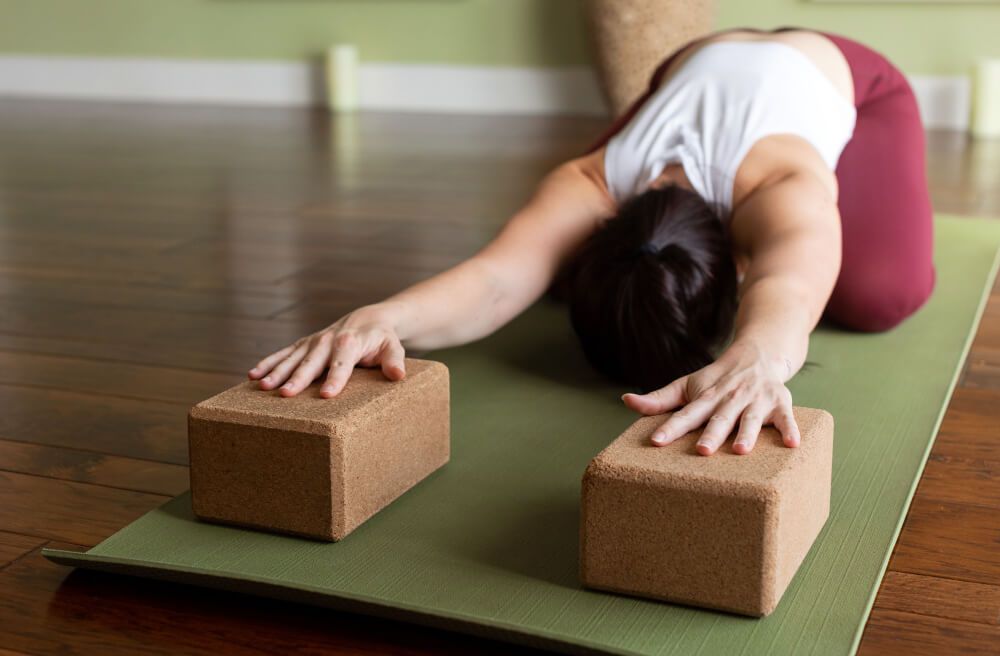
Can yoga reduce anxiety?Yes! Many studies have demonstrated the effectiveness of yoga in reducing stress, anxiety, and depression. In one study, women who participated in a three-month yoga program experienced significant improvements in perceived stress, anxiety, and depression. In another study, ten weeks of yoga helped reduce stress and anxiety for participants.
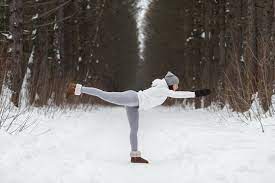
Happy New Year yogis! I’ve often found this time of year to be especially powerful in enhancing my yoga practice. Of course, yoga is always a powerful practice, but the gift of the new year brings deep reflection and introspection that can amplify processes of self-inquiry, expanding our spiritual awareness and commitment to yogic living.
